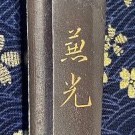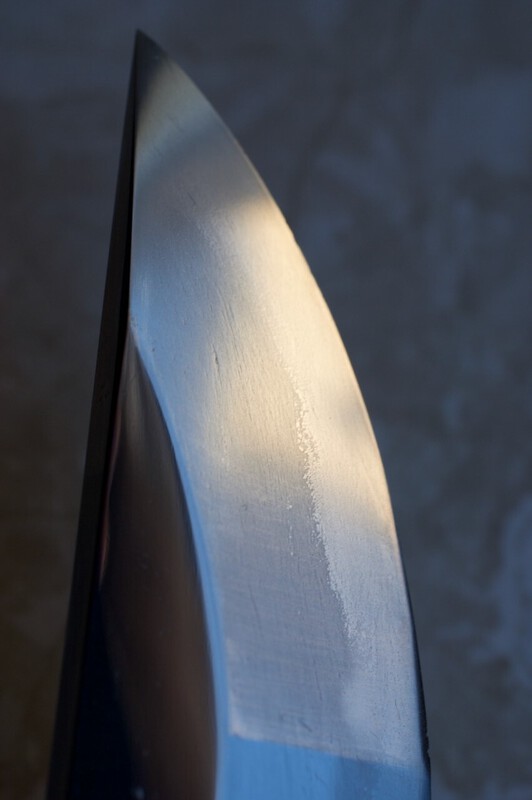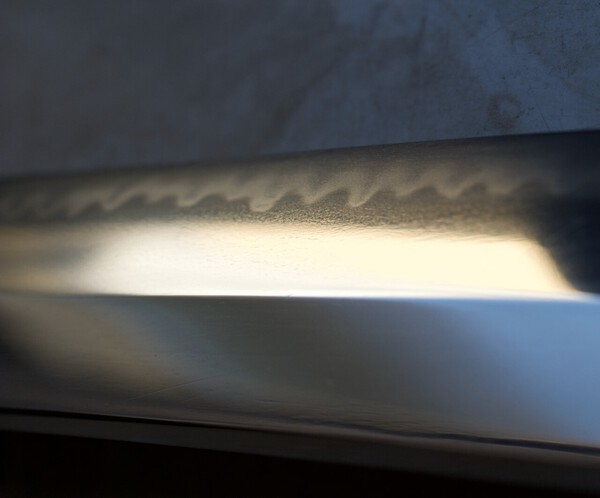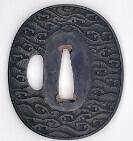Leaderboard
Popular Content
Showing content with the highest reputation on 05/04/2025 in all areas
-
Hello Rayhan, Beware your forays into such arcane knowledge... A good amount has been written by Darcy on this topic over the years, most notably here. It is a good primer before engaging in more advanced discussions. But, to cut the chase - these sessions are called in Japan the "phone book" sessions, because the Zufu volumes are simply enormous owing to the number of blades that pass. The data, however, indicates that it isn't average quality per se that is lower, but that the variance is greater. This is evidenced by a greater proportion of blades from these "phone book" sessions ascending to Tokubetsu Juyo, compared to later, harsher modern sessions. At the other end, we see a lot of JINO (Juyo in name only), blades which today could never make it to Juyo. These sessions also coincide with the rise in popularity of the hobby in Japan. For better or worst, It is my understanding that the trend stops more or less after Kanzan passes away, and the leadership takes a strong policy shift in favor of increasing the baseline-level quality needed for a blade to pass Juyo. In these policy shifts, I believe that the personalities the judges is reflected - Kanzan Sato was the true "man of the people", foremostly concerned about making the hobby accessible, whereas Honma Junji was "Daimyo blade" person, who believed in stricter standards to keep the Juyo designation meaningful. Both approach have their pro's and con's, and it is debatable who, in the end, is right. JINO are obvious arbitrage targets for the western market, which is due to a lack of in-hand experience, and hence relies on ladder theory to build its pricing model of what constitutes a 'good deal' - For this reason, the effect you observe on price is due to a selection bias that puts JINO on the market, blades that often can't be sold to Japanese collectors. How to recognize a JINO? These heuristics are useful: - Unusual length and mumei status (e.g., mumei Yamato Wakizashi...) - Unusual period (e.g., muromachi-era blade...) - Unusual smith (e.g., a smith that never passed Juyo before, or after...) And there is more, of course, but it becomes complicated. As is often the case in Nihonto, there are exceptions to the heuristics above, these are not rules, but merely clues. Always consider the entire picture and beware of shortcuts. EXHIBIT A: A JINO. A mumei, 48cm Shikkake Naginata-Naoshi from a "phone book" session: EXHIBIT B: NOT A JINO. A zaimei Awataguchi Yoshimitsu from one of the "phone book" sessions. The blade is Meibutsu. Best, Hoshi7 points
-
Hello All I am opening up a topic that older collectors will no doubt roll their eyes at because it has been discussed to death in the past. Full disclaimers: 1) This is for newer collectors 2) I owned a blade from Juyo 22 so I am also in the shite there when this concept is brought up. Needless to say money was lost on a sale. 3) Knowledge is power and I am just repeating the wisdom of the past. Ok! So, when we see the Juyo blades listed on dealers sites and catalogues we also see that the Juyo session is mentioned more often than not. This is a very valuable piece of information that goes under the radar in many cases. There is also a price parity associated with some Juyo sessions and for good reason. Attached you will find analytical information on each and every sword and item that has passed Juyo over some 70 sessions, all thanks to @Jussi Ekholm and his amazing skills in collating this data. Thank you Jussi, I hope everyone understands what a gift this information is in time. I would like to draw attention to how many swords and items pass in each consecutive session. Readers will notice that in sessions from 20 to around 26 there are an unusually high number of swords that passed Juyo, not a good sign. It is an accepted fact that we see inferior swords in these sessions that have passed Juyo and as collectors you must apply great scrutiny to swords from these sessions before thinking of a purchase. I myself, owned a sword from Juyo 22 but it was purchased in hand and after the translated Zufu was given consideration. The swords from sessions where we see high passes are usually not held in high regard and so they are priced accordingly. The other way this list is so invaluable is to see what passes and at what rates. How many Hizen Tadahiro for example or how many Naotane, is Soshu the high flying segment or is it Bizen? Rarity, availability in the market and in private. If you go after a sword at Hozon how can you determine the chance at Juyo? So much can be gained from this list. Please download it and give it an analytical overview. Thank you @Jussi Ekholm Juyo Index 70p.pdf6 points
-
Rayhan has made so many interesting topics lately. I have spent a lot of time going through the Jūyō items and I quite recently started what is my probably 4th time going through all the books that I have. With the amount spent I think I should be able to make some guesses what would pass but to be honest I am pretty much clueless. Part of it is my own mentality for sword appreciation being different and huge part of course is not seeing the items in person. There are of course some what I would think as "slam dunk" items yet I have heard that some of the amazing Tokubetsu Hozon items have been sent to Jūyō and they failed, and that I cannot understand as you get so many X ō-suriage mumei swords passing while genuinely rare item would be failed. As a long time NBTHK member I am still not a fan of their tiered shinsa system but it is what it is. For ō-suriage mumei items I would think the most important thing at Tokubetsu Hozon would be the attribution it gets from NBTHK. It is bit sad to say but rather than item quality itself I would be more focused on the attribution if I would think about Jūyō submission (now I have to state I have never sent an item to NBTHK shinsa at any level and not sure if I will). So as a mind game you have a nice ō-suriage mumei sword that you think is from Nanbokuchō period and you send to shinsa - then it returns as Echizen Rai (越前来). You are bit unlucky as there is only 1 mumei Echizen Rai that has passed Jūyō shinsa, so I would think you could try Hozon & Tokubetsu Hozon again and see if you will get a better attribution next time. Now lets say you will get Nakajima Rai (中島来) as an attribution, then there are 64 that have passed Jūyō. There is even one Nakajima Rai that has passed the prestigeous Tokubetsu Jūyō, Nagoya Tōken World has it in their collection, I saw it there last year and it seemed to be a fine sword. https://www.touken-world.jp/search-noted-sword/tokubetsujuyotoken-meito/17432/ Then as 3rd spot in the game you might get Rai Kunimitsu (来国光) attribution you can give a big thumbs up, there are 114 ō-suriage mumei katana with attribution to Rai Kunimitsu that have passed Jūyō (yes few of them have kinzōgan etc. but that is often a form of attribution too and I don't see that relevant to prove the point). And 21 of them have went on to pass Tokubetsu Jūyō. I have been very lucky to see in hand the amazing Tokubetsu Jūyō Kunimitsu of Samurai Museum Berlin and also a very stunning Jūyō Kunimitsu last summer in Kawagoe sword meet where multiple NMB members were attending. Yet I have seen few in museums that to me don't seem all that impressive. Now those specialized in fine details in swords might say that there is no way that attributions would vary so much. I think yes and no, as the fine details are not really my thing. Sometimes I just find myself wondering why something gets an attribution it gets, and wondering if trying the process again would change the outcome. I also believe that people in Japan and even internationally who are "in the circle" for Jūyō and Tokubetsu Jūyō swords know if certain items have been sent for example Tokubetsu Jūyō before. Unfortunately I am not and will not be as those swords are beyond my means and also not often the main type of swords I try to focus my research on. The fact is that once the sword has passed Jūyō shinsa it is a Jūyō sword. Of course all of them are not equal. I would personally think that the only Jūyō sword of a smith Y would be more important piece than 1 out of 100 mumei attributed swords to smith X. However I think the vast majority will think the opposite way, and people want to get more and more items by these same prestigeous smiths. As some may know I have tendency to track swords at bit obsessive level. Now I looked and I have documented 19 swords for sale at Hozon & Tokubetsu Hozon level that have since passed Jūyō (one has also passed Tokubetsu Jūyō). Here is one example by Kanemitsu. I personally like the shape and size but that is my thing. I remember discussing this back then with several people and nobody was that impressed about the sword. https://web.archive.org/web/20201031200433/https://www.nipponto.co.jp/swords6/KT332646.htm https://www.nipponto.co.jp/swords6/KT332646.htm Here is pretty nice one, rare Bungo smith and dated to 1451. It passed in Jūyō 67, I just don't feel like taking out books and taking pictures of them as it has already taken so much time to think and type this post. https://www.sanmei.com/contents/media/A21591_S1283_PUP_E.html This Uda Kunifusa attributed one also passed session 67. https://web.archive.org/web/20210621170603/https://www.samurai-nippon.net/SHOP/N-564.html This Hatakeda Sanemori attributed one passed Jūyō session 65 and Tokubetsu Jūyō 26 https://www.aoijapan.net/katana:kinpun-mei-gold-powder-hatakeda-sanemori/4 points
-
(a) Either locking mechanism slot (looks small for that) (b) or some sort of alignment slot for a different type of koshirae. We see a lot of (a) on tsuba added to WW2 mounts. Lots of variations of (a). I also have a unique tanto koshirae with (b) As Western influence hit Japan and Japanese designs in the late 1800s, you see all sorts of things on toppei koshirae.4 points
-
I think the most basic problem of nihonto is attempting to value a blade based on papers or length of sayagaki. Yes, 20+ sessions were bad, but they passed a lot of great blades. The most important nihonto blade, subjectively obviously, I've seen personally is Hozon. Moreover - no other blade by this maker passed Juyo or Tokubetsu Juyo. Yes, dealers construct laborious and complicated theories about which blade has a chance to pass Juyo or Tokubetsu Juyo and why accordingly this or that blade is valuable more than "just Juyo" because there is an extra potential for TJ. On another page they dismiss the whole notion "papers=valuation" as "ladder theory" - because the blade they sell on this page already failed three submission to Tokuju. Juyo analytics is an interesting subject, but ... blades are blades. Good blade does not get worse from being in 20s session, mediocre blade does not get better by somehow getting into 60s. Bungo Yukihira is sai jo saku with plenty of high tier blades. Sadahide is jo-jo-saku. In some spherical vacuum it matters, but in reality the work is similar. Finding dated Sadahide would be more important than most attributed Yukihira. Yukihira with horimono would be more valuable than most Sadahide. Sadahide in good condition would be more valuable than Yukihira without horimono and in average condition. How many TJ or TJ divided by Juyo they each have? Which Juyo session was it? Its highly secondary. Sometimes its not even the blade which is particularly important, but the signature. Yet as it is, a signed blade ushering a new name in Awataguchi register would be devalued by many because the maker does not have any Juyo - strange nihonto-specific attitude resulting from putting too much emphasis on papers.4 points
-
Jacques, You're wrong, whether Shinsa has progressed that far with "modern swords" or not. Have you downloaded the RJT documents and requirements and seen what was necessary for a sword to be made and stamped by them? Aside from fake star stamps (no different from examining any other sword) a star stamped blade with a genuine RJT stamp is considered a Gendaito.3 points
-
3 points
-
Hello Dave. Not exactly on topic - but ... Check this Metropolitan Museum of Art image an almost identical guard minus the slot. - https://www.metmuseum.org/art/collection/search/28458 Copy right image - why? A number of similar images over on this thread3 points
-
2 points
-
A privilege to view, Okan, thank you. I really enjoy the power, balance and iron quality, exemplified in this piece.2 points
-
2 points
-
Hello everyone, I'm new to this forum and would like to briefly introduce myself: I mainly collect German militaria, but recently I’ve developed a growing interest in Japanese military items. I recently added a Kai Gunto to my collection. Since Japanese swords are outside my usual area of expertise, I would really appreciate your help in determining whether this is a wartime-period Kai Gunto or not. About the sword: The Kai Gunto was sold to me as a late-war example and is in fairly rough condition: The saya is covered in ray skin , but it's quite battered and worn. The blade has multiple scratches. There is no signature or date on the nakago only the typical anchor stamp. The tsuba and all other fittings have matching serial numbers, which might indicate an original mount set. My question: Based on this information, do you think it’s an original wartime Kai Gunto, or possibly a postwar or reproduction piece? Thank you in advance for your time and any insights you can offer! Best regards, Jan2 points
-
2 points
-
Jan, this is a genuine wartime Naval kaigunto, probably later war. Need to see the nakago under the handle. It is likely to be stainless steel with the anchor stamp. For information, have a look in NMB Downloads (bar at top on page) and find following paper: Japanese NAVAL SWORDS Swordsmiths & Workshops Part 22 points
-
@kogel Mike, as noted sword is by Miwa Kanetomo a good wartime smith. Born in Seki in 1916 and registered early in October 1939. In the following NMB Download is info on him. Star stamp shows traditionally made blade using tamahagane.2 points
-
It really is a splitting image of what Okun posted. Still a bit strange to see effort go towards producing a fake of a relatively unknown Yagyu/Ohno unless it is in fact the link to Christianity that has a market. The post where I found the article was by a sword enthusiast who described replicas of this tsuba based on an identical example from a seller in Europe. So, there is likely at least a small following of such enthusiasts. I count myself among them! The Jauce auction details about the museum and article that featured this tsuba had me sucked into a narrative that overrode any suspicion I may have had for a fake. It came in a custom fitted box! I simply dropped my guard. So the sad truth is that fakes are out there all too often. Maybe it was even originally sold as a replica that was resold down the line with the belief that the tsuba was genuine. The cast tsuba was reproduced down to minute details of the sekigane. However, there is no sekigane on the ura (left out) and there are no chisel marks inside the walls of the sukashi. I just finished filing down the nakago-ana to fit my blade. It’s just steel throughout. No genuine sekigane.2 points
-
Just wanted to chime in here to say that I am really enjoying this topic and thread, and very much appreciate all of the excellent observations, insights, and viewpoints.2 points
-
2 points
-
Hello, My name is Mike and I am new in the hobby. I would like to know if the sword is real, my knowledge about Japanse swords (ww2 era) is not up to par. It claims to be late war - december 1944. Before i make a financial mistake I would kindly ask your opinions. What do you guys think about this sword? Thanks in advance.1 point
-
Part 2: After the sword successfully passed THozon i was elated and my wife more so, so then I thought, Juyo next maybe? I asked Paul what he thought " No comments on Juyo, you want to try then I will submit but I make no comments" this was the professional thing to do, every sword enters at its own merit and on top of that it was a Muromachi sword. 8 years ago passing Muromachi was slim at best. We submitted and the sword failed, oh no! Ultimately I was having a conversation with Darcy and mentioned the failure to which he asked to see the images of the blade. That night at 2AM ( Darcy and I shared the fact we never sleep much) he sent me a message saying that the sword should be polished by Saito sensei in sashikomi style and try for Juyo one more time. I agreed and Paul sent the sword in with Saito sensei (the polish was in 5k USD range) The sword was submitted again and passed! And is now my wifes' sword.1 point
-
Hi Oli, The nihontocraft pages are great. I visit them often when I drool over a blade that they have for sale. I keep reading and re-reading the Masahide article. I think this is a small piece of the "Practical theory of swords" book. Would love to read the rest one day Alexi1 point
-
Hello all, I am in the process of listing a number of newly received swords to my website, including several juyo katana in koshirae, and wanted to share a few recent highlights from my current consignment offerings, now live across both of my platforms: Swords of Japan and Nihon Art. A few standouts now available: Ashū Yokoyama Sukeyoshi kinnōtō An impressive example of later Yokoyama work in kinnōtō form with long nagasa, wide mibaba and shallow sori with kanteisho and sayagaki. 🔗 https://nihonart.com/portfolio/ashu-sukeyoshi-kinnoto/ Bizen Osafune Yukikage Wakizashi – Tokubetsu Hozon Beautiful ubu signed and dated early Muromachi wakizashi, with Tokubetsu Hozon, published in Fujishiro. 🔗 https://swordsofjapan.com/product/tokubetsu-hozon-bizen-osafune-yukikage-wakizashi/ Zaimei Kodai Kaneuji Wakizashi - Tokubetsu Hozon Ubu signed ko-wakizashi by a later generation from the Mino Kaneuji lineage. 🔗 https://swordsofjapan.com/product/kodai-kaneuji-wakizashi/ Gakumei Oei Nobukuni Wakizashi – NBTHK Kanteisho & Tanobe Sayagaki A masterful Yamashiro-den wakizashi with gakumei (inlaid signature) by Joshu (Oei) Nobukuni, featuring both NBTHK papers and Tanobe-sensei’s sayagaki. 🔗 https://swordsofjapan.com/product/joshu-nobukuni-wakizashi/ Additional pieces, including a Hosho Sadaoki, several Kasama Ikkansai + Horii school blades, and others are being added in the coming days. I’m always available to provide detailed photos, remote viewings, or further discussion on request. Feel free to reach out directly if you'd like to discuss any of these blades. Warm regards, Ray Singer swordsofjapan.com | nihonart.com1 point
-
Had a bit more time….. https://www.bonhams.com/auction/16717/lot/461/an-ivory-kiseruzutsu-pipe-case-19th-century/ https://www.bonhams.com/auction/10241/lot/489/a-very-fine-komai-style-circular-dish-by-inoue-meiji-period-46cm18in-diam/ https://www.bonhams.com/auction/14899/lot/7/a-stained-ivory-okimono-of-riujin-dragon-king-of-the-sea/ etc etc!!1 point
-
Meant to say it is almost certainly a panel from either a table cabinet door or an upright two-fold framed table screen. On the reverse you can see the shadows of the frame. The recipient of the pearls would probably be depicted on the confronting panel. Meiji period, superb quality.1 point
-
Hi Howard Your plaque depicts the Dragon King of the Sea (or an emissary of) and an attendant presenting pearls. It’s a famous legend. This should get you started…….scroll down a little bit. There will be tons more on the web. I think his name was Ryujin but haven’t checked! https://blog.dma.org/2016/04/20/mother-of-dragons/1 point
-
It could very well be that the gimei was added after the blade was shortened. But it would be a stretch to think that it is some kind of attribution, more likely a simple gimei to sell the blade for more.1 point
-
1 point
-
1 point
-
Don't think this one would satisfy anything aside from the desire to own something "old" Yes it's genuine, but it's never going to be more than just a project blade that likely no-one will get to. Cost of restoration would be far more than the outcome value. Your call. If it's in the low hundreds, maybe something just to display, but I wouldn't spend any sort of real money on it.1 point
-
1 point
-
seems authentic but in very bad condition and i think its pre WW2 time and is a Wakizashi.1 point
-
I was looking for this type of data so many thanks to @Jussi Ekholm for collating it. I was reading an interview recently in the book "The new generation of Japanese swordsmiths". The interview was with Shibata Mitsuo an influential sword trader who learned his craft from Fujishiro. He mentioned the introduction of the white kicho papers in 1948 and how that led to record sword prices at the time (20 000 yen). Now we all laugh and ignore at the white papers but at the time they seem to have been the coolest thing in town. Of course many/most of the good swords got re-papered, meaning more shinsa fees, more expenses by the collectors, etc). Maybe juyo is like that (less extreme of course). It was the cool kid in town at one point (Darcy points this out as well), now those with the means ($$$) go to tokuju and the value of Juyo is open to debate. Those with the knowledge don't need papers. The rest of us try to figure it.... Alexi1 point
-
名 昭和十九年一月 [Nagoya Arsenal inspection mark] 1944 January. ☆ 関住兼友作 [Star stamp] Seki-jū Kanetomo saku.1 point
-
Hi Stephen, Sorry to see that this tsuba is cast. This threat is always out there now. I suppose this fact brings the silver lining that it encourages us to be constantly vigilant, not only for signs of a piece being cast, but also for other signs that the item isn't quite what it may seem to be. I did like your write-up, anyway! As for the design being tied to Yagyu and Ohno guards, it is understood that the Ohno tsubako did make some tsuba for the Yagyu (most, if not all Yagyu tsuba were actually made by Owari smiths of the time, such as Fukui, Toda, and Sakura Yamakichibei. Among these, though, too, were Ohno smiths). So, it doesn't surprise me that we would see some overlap in designs between guards designated as Yagyu, and those attributed to Ohno.1 point
-
1 point
-
I’m not personally the greatest fan of Kagemitsu. Awataguchi smiths, especially Yoshimitsu, the core Sōshū group (Yukimitsu, Norishige especially), and Samonji should all be mentioned here as well.1 point
-
This is disheartening, but a needed warning, particularly to those just starting in this field of study. My question is this, how do you react when you encounter a Japanese replica being offered as authentic. Seems to me there are a couple options, but each has its own consequences. Let’s assume the seller is unaware their item(s) is a forgery. Not only is it bad for them because they were duped, but if other customers are around to hear the conversation, they may choose to stay away from everything the seller is offering. So, the other option is you inform the seller privately. But what if they are knowingly selling these fakes. This is impossible to know unless they already have a reputation which is unlikely, otherwise I would hope they would be denied the ability to participate in the show. They will act as if they are surprised and shocked, but when you leave they continue to pedal their wares to unsuspecting customers. So unless you become a sales cop and monitor the table it’s possible that forgeries will be sold at a legitimate show. This is not feasible so the problem remains. At the end of the day I understand caveat emptor rules the day. It’s the responsibility of each of us to be as informed if we want to make safe purchases. But I also know this field of study is a relatively small group and if enough fraud permeates it’s way in, fewer and fewer people will be interested, which isn’t good for anyone.1 point
-
Translating Japanese texts about nihonto is still very rudimentary. I’ve been pouring a lot of work into trying to use OpenAI and Claude to properly detect the characters on the page, and then give a semi-decent translation. I was messing with some Zufu papers yesterday and for some reason it was struggling to recognize the numbers in the measurements section and was auto converting them to shaku, sun, bu and then converting them back to CM and was completely wrong. No amount of messing with the prompt could fix that so I figure I just need an even higher res photo (I was using 1500x1800) and see if that helps. AI is great at things like whipping up a quick script to do data manipulations and all of that, it’s still a bit off from being able to translate Japanese sword document. I am working a lot on this as a side project however. This image is a great example of where AI, or any optical character recognition, will struggle. We can tell pretty easy that this is 21.8cm, however: AI, OCR, google lens, etc. have given me the following: 111.8cm 3.8cm 3.9cm 22.8cm 1.2.8cm 318cm Some of those make sense as an easy mistake for AI to make, others dont make sense at all where the LLM came up with the answer it did. The other thing is that the Zufu papers, many Taikans, and many other resources write numbers without using the 十 character. IDK why this is and I do not speak Japanese. Maybe this is normal for certain contexts but when I google "How do I write 22 in Japanese" you'll get 二十二 as an answer. Maybe this is throwing off the engine as well and maybe I can tweak/train the LLM prompts to try and account for this and get better results.1 point
-
Star stamp is the prize. Means it's a RJT smith, meaning it's a Gendaito, handmade from tamahagane. Likely a decent sword.1 point
-
I bought from @Lexvdjagt and can vouch for quality of his nihonto and after purchase service.1 point
-
Not going to disagree with you Hokke. Yes, flawless katana will fetch higher prices than a flawless tanto by the same smith most days of the week. And market prices for longer swords in general are higher than tanto. But there is also no doubt that after daito, tanto are most in demand, second in price and are fewer. I can't comment on how much easier it is to work with a smaller billet than a larger one as I have no experience forging Nihonto. From experience with pottery, I will say that making smaller vessels presents very different challenges than throwing larger ones. I don't think one is "easier" than the other, just different. That said my and (I assume) Mark's main point is that in a longer sword, a flaw can be better hidden than in a tanto, which as you point out would more than likely have to be scrapped if one appeared as there just isn't enough steel to conceal it. Personally, what I love about tanto is the ease in which the entirety of the blade can be appreciated and studied. I also find that the nie, especially in older works, are often more predominant and spectacular in smaller works than longer ones. Just my observation. And when I comes to older blades, the beauty of tanto for me is that they are ubu more often than their longer counterparts, and therefore better reflect the smith's original vision than a suriage blade does. That said, I have many suriage blades that make me grin when I look at them. As the old proverb goes, "'It's all a matter of taste,' said the boy after kissing the monkey's bottom."1 point
-
1 point
-
It was many years ago, and I am sure I have missed a bit of meaning with my poor memory, but at a Chicago Show presentation of blades, Bob Benson once said something like “a smith had to put extra care into making a tanto because you can see the quality or flaws all in a single glance. A long blade may vary a bit along its length, but a tanto must be perfect.”1 point
-
1 point
-
I recently acquired this daisho set. I love the look, and the execution is excellent, but I am a bit stumped by the theme. It appears to show a flood (?) with the tori gate on the shoto, and the shrine on the daito submerged, while the bridges and trees remain above water. There are boats sailing by in the distance. My best guess is that this is the Great Kanto Flood of 1742, although I am not sure why a natural disaster would be a suitable theme for tsuba… Can anyone shed any light on this? Are there other examples of flood motifs?1 point
-
A long blade can be a wonderful thing, but with a Tantō you can get some of the Smith’s finest work concentrated in one place, a sort of cameo, with no repetition.1 point
-
1 point
-
1 point
-
Saw one of those 'Masamune' in the Samurai Museum in Berlin. It was clearly not a Masamune and the name was typed in exclamation marks to confirm its dubious attribution. That 'Masamune' has been up for sale for donkeys years waiting for a donkey to buy it. The Steyr Museum has a bring back Masamune from the 19th century. They are convinced its genuine but its quite clearly not. The majority if not all the big name attributions are gimei. As some have said, Japan was not in the habit of giving gaijin top tier makers prior to Compton.0 points
This leaderboard is set to Johannesburg/GMT+02:00






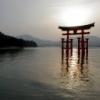


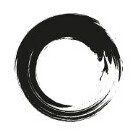





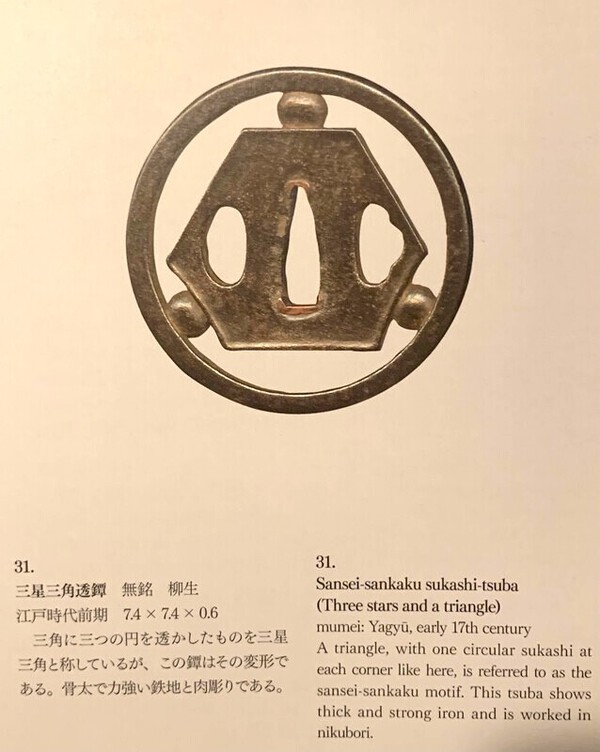

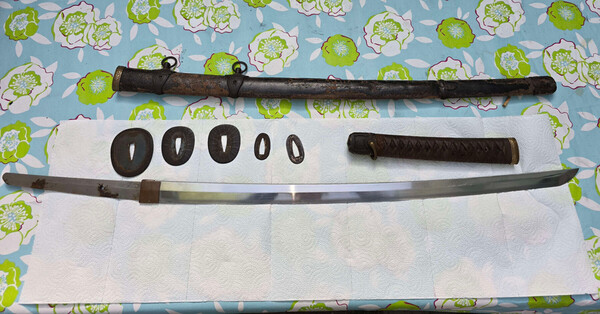

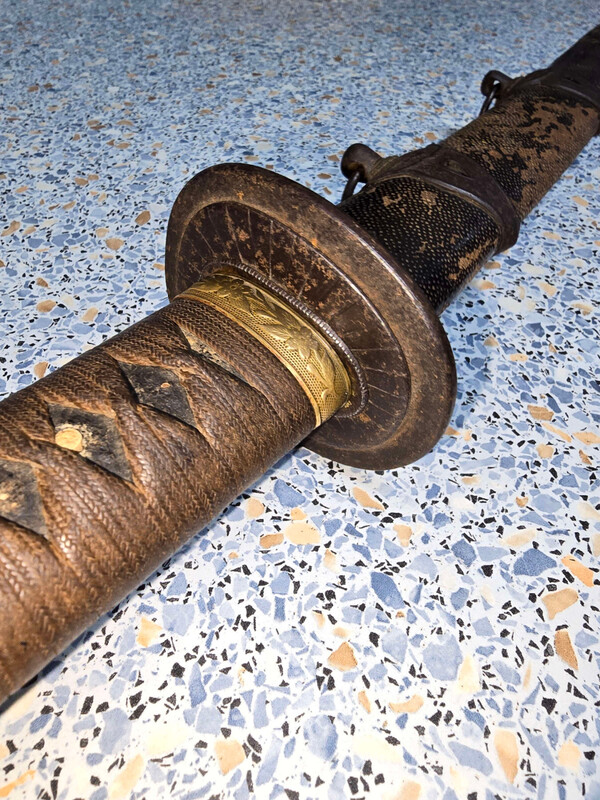
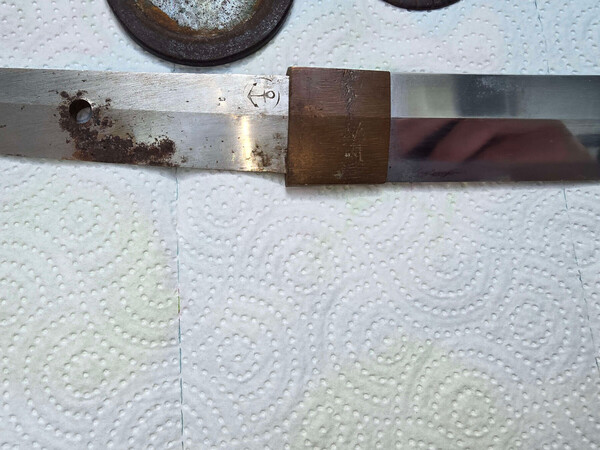
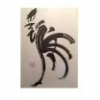


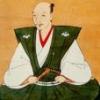
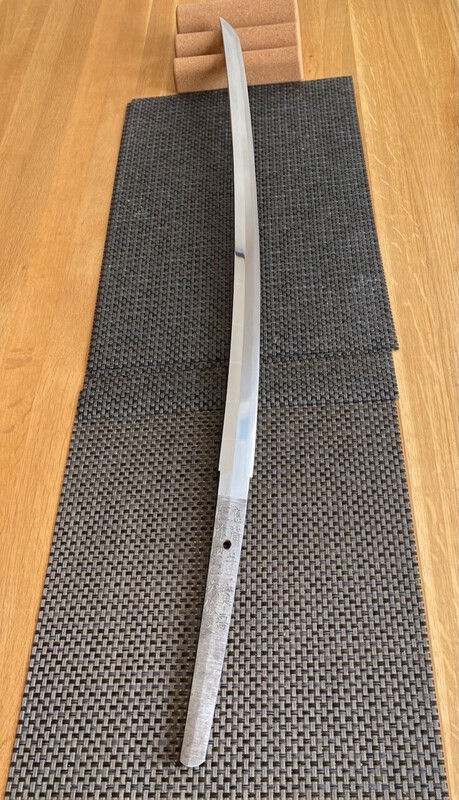
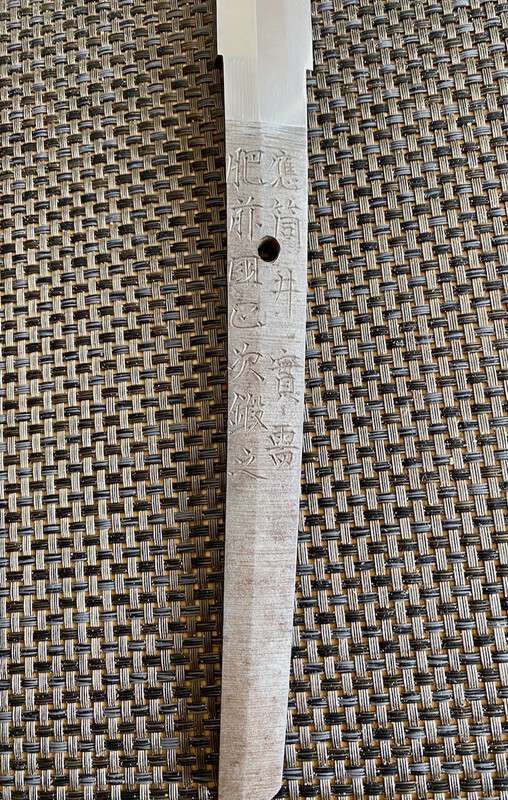

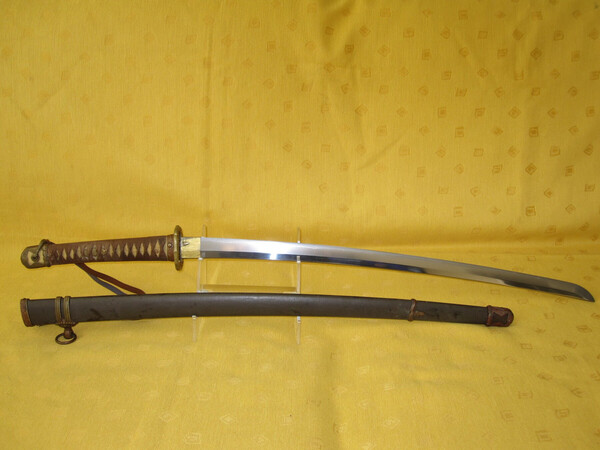
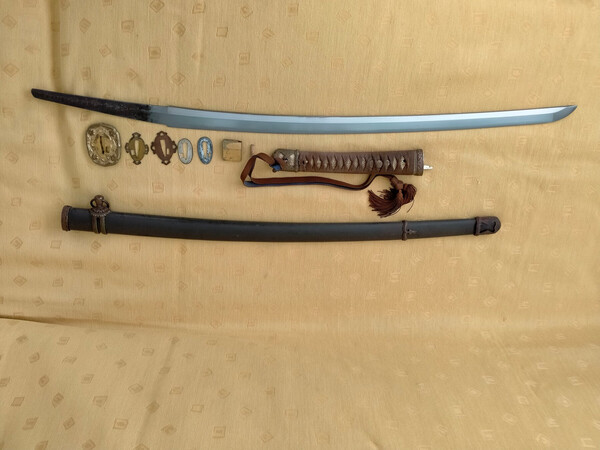

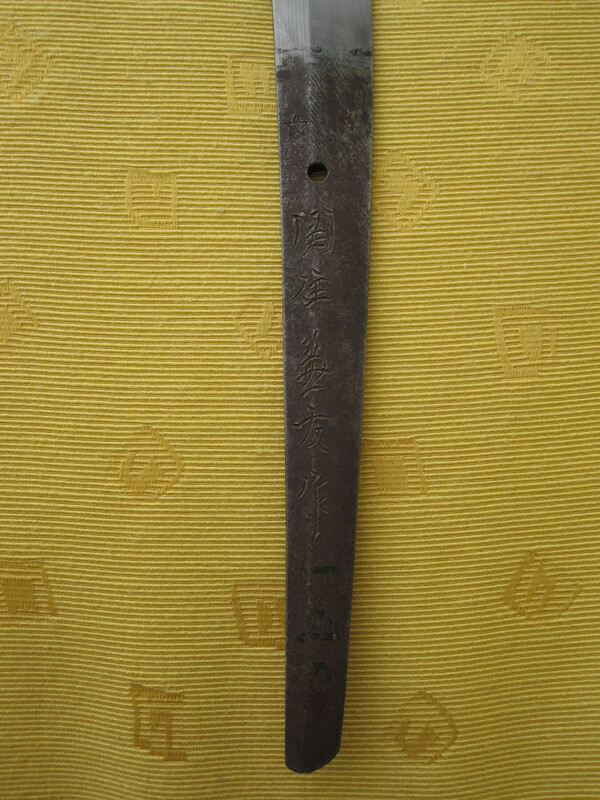


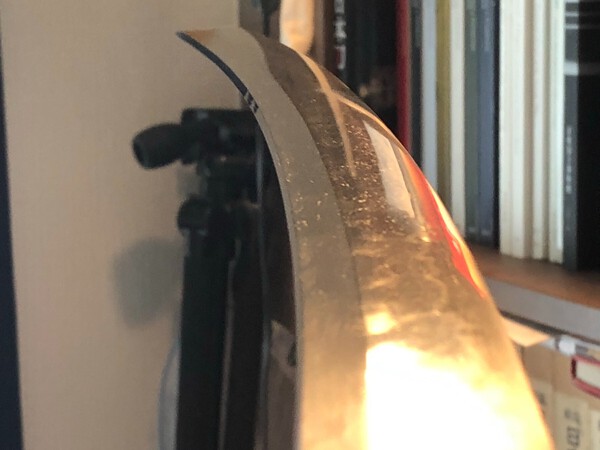


.thumb.png.85f3fd036d09507865860724219753c4.png)






